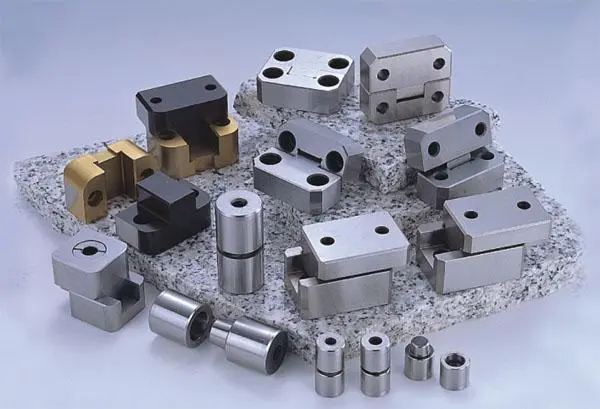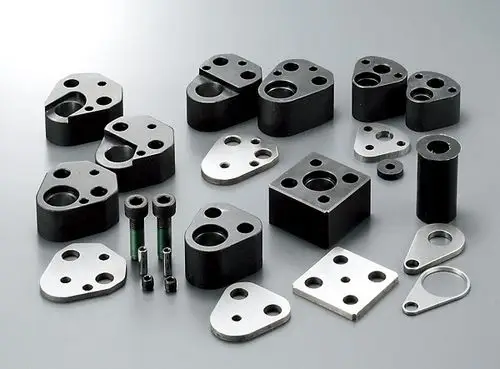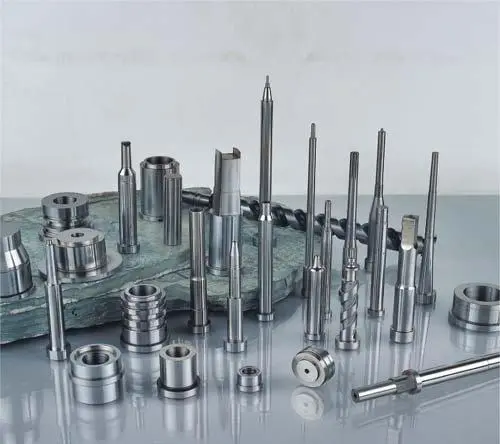News
New technologies and methods for controlling color difference in injection molding products
In the production of medical injection molded products, color difference control is crucial and directly relates to product quality and safety. The following are some emerging technologies and methods for effectively controlling color difference in medical injection molded products, along with some practical case studies.
In the production of medical injection-molded products, color difference control is crucial and directly relates to product quality and safety. The following are some emerging technologies and methods for effectively controlling color differences in medical injection-molded products, along with some practical case studies.
Case 1: A medical device factory, when producing plastic components for disposable infusion sets, initially used traditional color measurement methods and ordinary masterbatches, resulting in noticeable color differences within the same batch of products. Later, they introduced high-precision spectrophotometers for color measurement and used high-performance masterbatches, significantly improving the color difference issue and greatly enhancing the consistency of product color.
Case 2: A company specializing in the production of medical plastic products, when manufacturing the shell of a new type of medical testing equipment, experienced color differences in shells produced at different times due to unstable injection molding process parameters. By adopting an intelligent injection molding control system to monitor and automatically adjust process parameters in real-time, the color difference problem was successfully resolved, ensuring product appearance consistency and meeting strict customer requirements.
Advanced color measurement technology is fundamental. Equipment such as the ci7x00 series desktop spectrophotometers and the ci64 handheld spectrophotometer can accurately capture color data at different stages of production, precisely measuring masterbatch color and product color to ensure they fall within strict tolerances. Color difference meters can quantify color differences, reflecting the degree of color difference through intuitive numerical values, helping to quickly determine whether product color is qualified and detecting minute color changes.
Intelligent injection molding control systems play a key role. They can monitor color parameters in real-time during the injection molding process; once a color difference exceeding the set range is detected, the system automatically adjusts injection molding process parameters such as injection speed, pressure, and temperature to quickly correct the color difference. Simultaneously, its process parameter optimization module, based on a large amount of experimental data and algorithm models, can intelligently optimize parameters according to product requirements and raw material characteristics, improving product color consistency.
New masterbatch technology has brought new breakthroughs. High-performance masterbatches have higher stability and better dispersibility, reducing color differences caused by masterbatch quality, dispersing more uniformly in the plastic matrix during injection molding, and reducing color fluctuations. Intelligent color-changing masterbatches can change color according to environmental conditions or specific signals, used in the production of medical injection-molded products with special functions, providing innovative ideas for color difference control.
Online detection and monitoring technology is indispensable. Visual inspection systems, by installing high-resolution cameras and image analysis software on the production line, perform real-time photography and color analysis of products, immediately alerting and stopping production upon detection of color difference problems. Sensor networks, placing multiple sensors at key locations such as the injection mold and barrel, collect parameters such as temperature, pressure, and flow rate, analyzing their impact on color difference and achieving comprehensive process monitoring.
Data management and analysis technology is also very important. Establishing a color database to record color data and related production parameters and raw material information for different products and batches, using big data analysis to find color change patterns and influencing factors, providing references for production. The quality traceability system tracks the color data of each production stage; when color difference problems occur, it can quickly trace the root cause, take targeted remedial measures, and optimize the quality control of the production process.
In summary, the comprehensive application of these new technologies and methods can significantly improve the level of color difference control in medical injection-molded products, ensuring product quality and safety and meeting the strict requirements of the medical industry.



